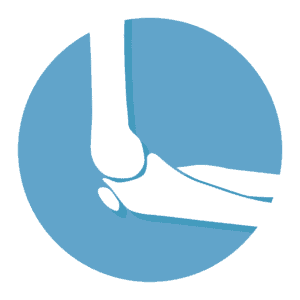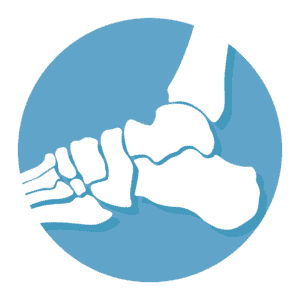
What is a Foot and Ankle Surgeon?
Foot and Ankle surgeons are doctors who specialize in conditions that affect the Feet and Ankles. Orthopedic surgeons who specialize in foot and ankle surgery can be medical doctors, meaning they have an M.D., or they can be doctors of osteopathic medicine, meaning they have a D.O. Both degree titles require the same certifications and and post-medical school training to specialize in Foot and Ankle surgery. After completing medical school, doctors who aim to become Foot and Ankle surgeons must graduate from an orthopedic surgery residency program. Specialization in Foot and Ankle surgery requires an additional year or more of fellowship training after completing surgical residency.
Podiatrists are doctors of podiatric medicine may also specialize in foot and ankle surgery. After earning their D.P.M. at a podiatric medical school, podiatrists who wish to specialize in foot and ankle surgery must complete a three year surgical podiatric residency program.
Typical Conditions Treated
Conditions treated by foot and ankle surgeons vary, but can be caused by arthritis or other degenerative conditions, sports injuries, trauma, or infections. Foot and Ankle conditions may also be congenital, meaning they were present at birth. Bunions, vertical talus, hallux valgus, hallux rigidus, accessory navicular, and cavus foot are a few examples of conditions that can be congenital. Other congenital deformities also include conditions that affect the toes, like hammer toes, mallet toes, claw toes, and polydactyly, a condition where there is an extra toe.
Some common conditions usually caused by trauma that are treated by foot and ankle surgeons include broken ankles, heel fractures, stress fractures, Lis Franc or Midfoot fractures, as well as toe and forefoot fractures.
Conditions may also be degenerative, meaning that they cause the structures they affect to gradually deteriorate or break down over time. Osteoarthritis of the Foot and Ankle, rheumatoid arthritis, post-traumatic arthritis of the Foot and Ankle are all examples of conditions that are degenerative. The gradual degeneration of joints and other surrounding structures in the ankle and foot can also occur due to gradual wear-and-tear or aging, but degeneration can also occur due to genetics, unhealthy lifestyle choices, repetitive motions or overuse. If left untreated, a condition like chronic ankle instability can lead to degenerative conditions like articular cartilage deterioration and osteoarthritis in the ankle.
Typical Procedures Performed
Foot and ankle specialists will usually try conservative or nonsurgical treatment options before resorting to a surgical procedure, unless the condition is very severe. If conservative treatments like casting, bracing, or physical therapy do not affect the condition, your foot and ankle surgeon may recommend a surgical procedure to correct your condition.
Surgical procedures vary depending on the condition, its location and severity, and other factors. Surgical options may include surgical reconstruction of the affected bone and tissue, gradual correction with surgically implanted fixation devices, arthrodesis or fusion, as well as arthroplasty or joint replacement. Bunionectomies and cheilectomies are also examples of a foot and ankle procedure.
Foot and Ankle specialists may use arthroscopic or other image guided approaches to procedures like joint debridement, microfracture, autologous chondrocyte implantation, and repairing or restoring cartilage. Arthroscopy is a technology that allows the shoulder surgeon to insert a camera through a small incision and inside the joint. The camera is connected to a display monitor so that the surgeon is able to see inside the joint without major surgery. This may be performed for diagnostic purposes, but it is also used to provide image guidance during surgery.
Continuation of nonsurgical treatments like physical therapy, orthotic devices, medication, or activity modification may be recommended in order to ensure a successful recovery.








